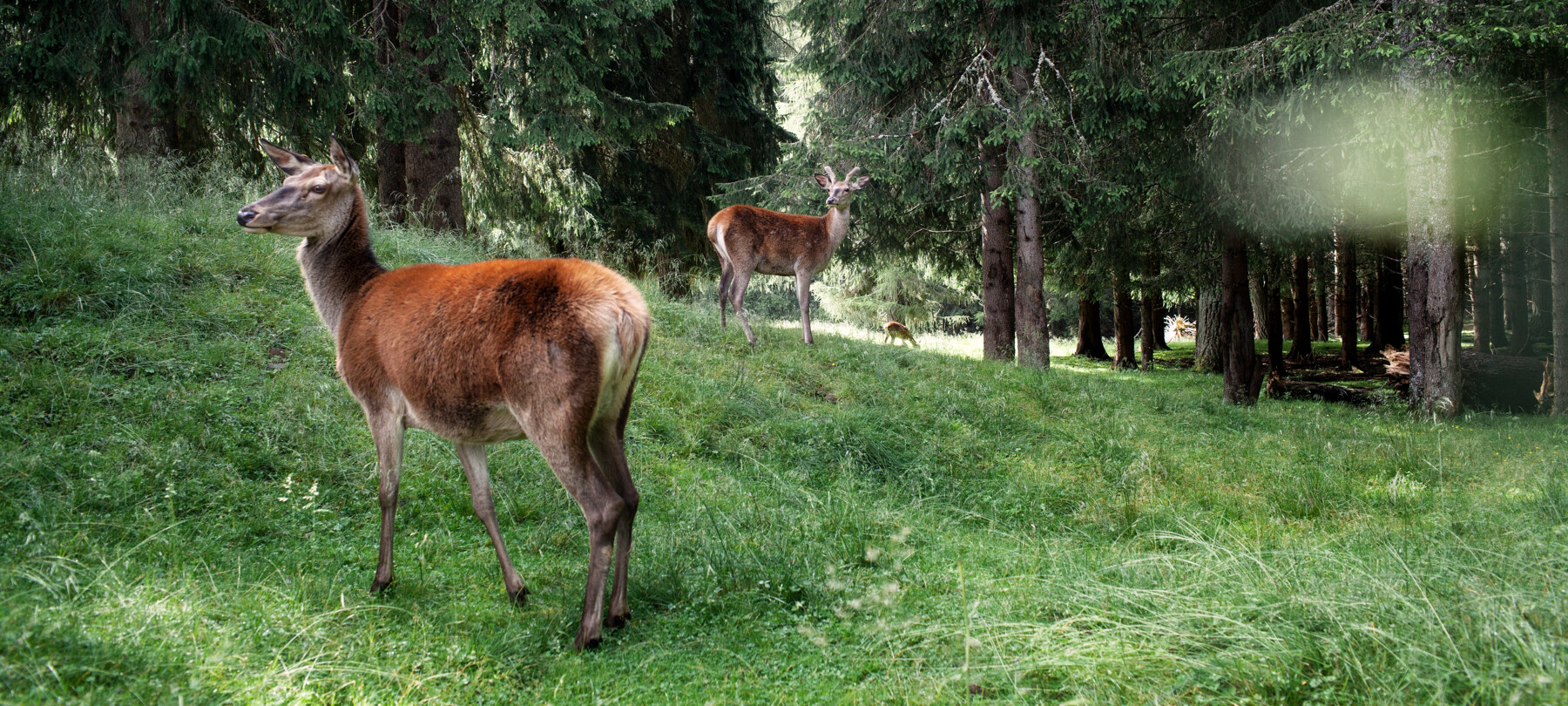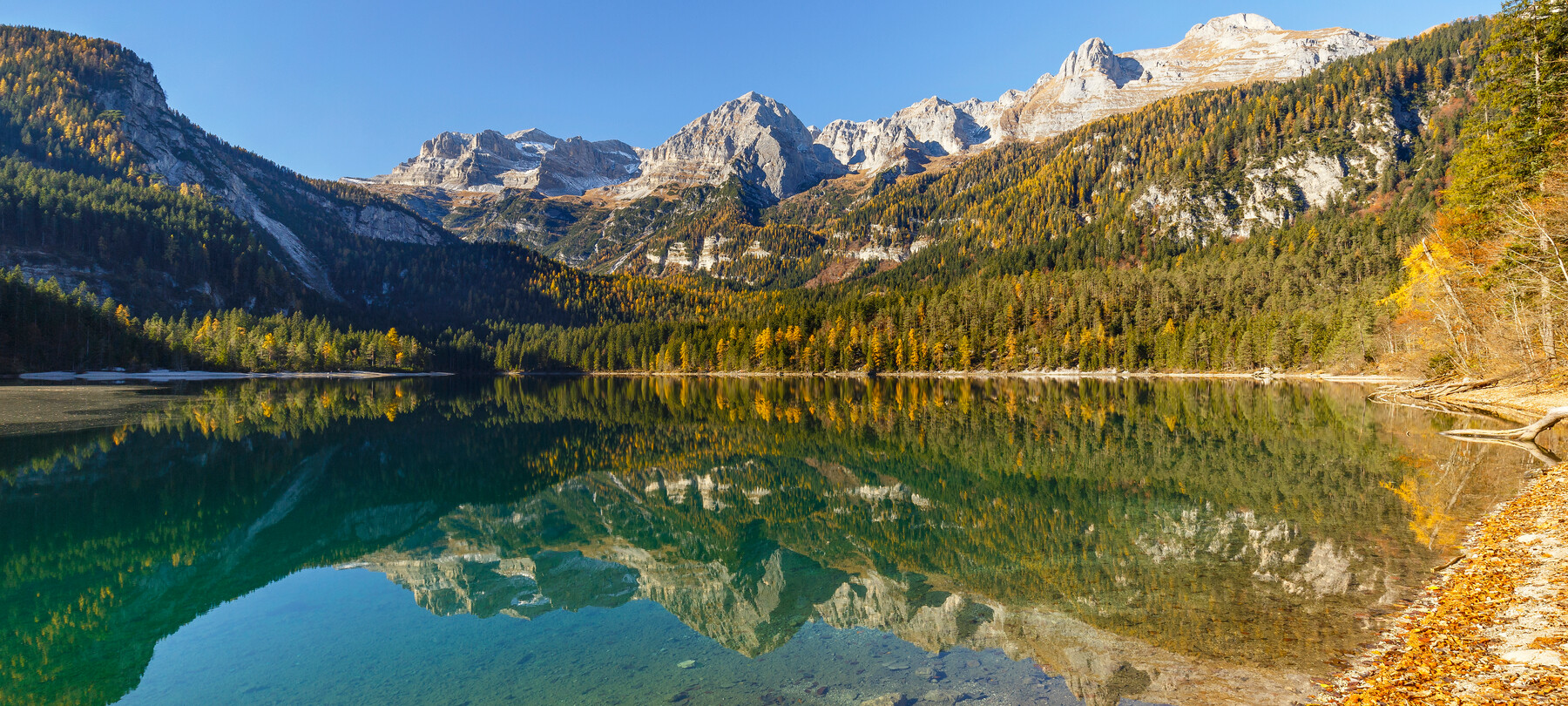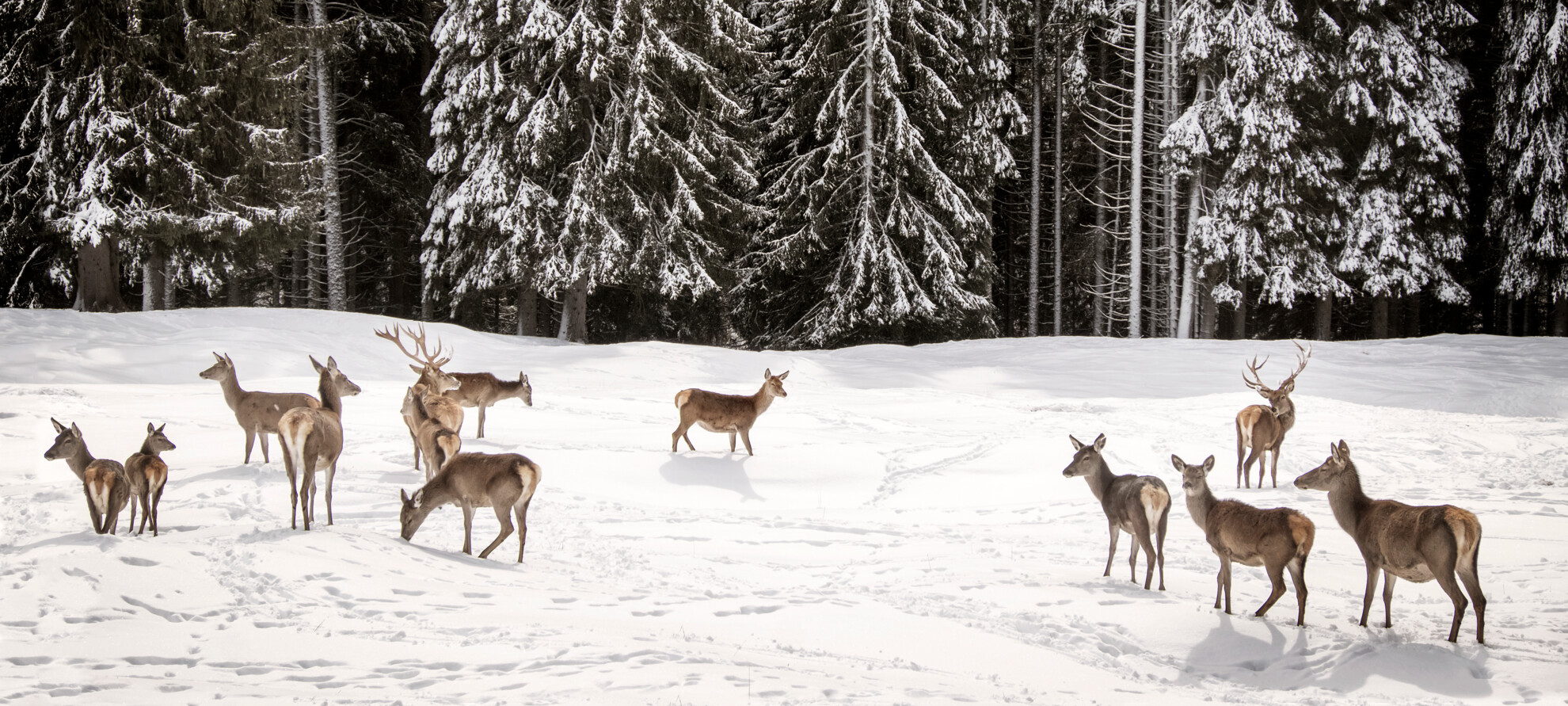The Dolomites: 9 parks and many protected areas
...in order to safeguard and promote a world heritage site
Ninety-five percent of the Dolomites fall within a protected area. Well before Unesco bestowed its distinction on the mountain group by listing it as a World Heritage Site, due to its extraordinary landscape and nature, the “Monti Pallidi” (“Pale Mountains”) were already protected at national and European level. A national park, eight nature parks, a national monument and many reserves and Natura 2000 sites have in fact for decades protected mountain views that are unique throughout the world, which, just ten years ago, the United Nations Organisation for Education, Science and Culture (UNESCO) recognised as being of worldwide importance.
Starting off on the discovery of the Dolomites, moving from east to west, the first protected area you meet is also the only one located in the Friuli region. Green valleys, deep blue skies and, in the middle, red-tinged mountains at sunset: this is the wilderness of the Parco Naturale Dolomiti Friulane (Nature Park of the Friuli Dolomites), an ideal territory for climbing, trekking and escaping from the hustle and bustle of city life.

"the Parco Paneveggio - Pale di San Martino, for example, is home to one of the largest deer populations in the Alps"
Continuing westwards, the next “Dolomite System” falls almost entirely within the boundaries of two protected areas: the Parco Nazionale Dolomiti Bellunesi (National Park of the Belluno Dolomites), in Veneto, and the Parco Naturale Paneveggio - Pale di San Martino (Nature Park of Paneveggio - Pale di San Martino), in Trentino. The geological diversity of the two territories offers a wide array of landscapes, often with extraordinary, distinctive features. However, it is not only the rocks that make these places special: the Parco Paneveggio - Pale di San Martino, for example, is home to one of the largest deer populations in the Alps. The deer can be easily spotted at the Riserva dei cervi (Red Deer Reserve) near Predazzo.
On the border between Trentino and Veneto, there is also the Marmolada (3343 metres), the “Queen” of the Dolomites, at whose foot winds the Riserva Naturale Serrai di Sottoguda (Nature Reserve of the Serrai di Sottoguda), a fascinating canyon that has been carved out between huge rock walls, hundreds of metres high.

"The Parco Naturale Adamello Brenta, established 40 years ago to protect, amongst other things, the fascinating Lake Tovel"
Further north, between the provinces of Belluno and Bolzano, there are the Northern Dolomites, the most extensive of the Unesco Dolomite Systems, protected and promoted by three protected areas: the Parco Naturale Dolomiti Ampezzane (Nature Park of the Ampezzo Dolomites), created to protect the ancient forms of community management of the area’s natural heritage features, the Parco Naturale Fanes-Senes-Braies (Nature Park of Fanes-Senes-Braies), blessed with lakes, mountain pastures and plateaus, as well as the Parco Naturale Tre Cime (Nature Park of the Three Peaks of Lavaredo), which takes its name from the famous Tre Cime di Lavaredo (Three Peaks of Lavaredo).
Always in Alto Adige (South Tyrol), there are three other Dolomite Systems, enclosed by three protected areas: the Parco Naturale Puez-Odle (Puez-Odle Nature Park), an “open book” on the geological history of the Dolomites, the Parco Naturale Sciliar-Catinaccio (Sciliar- Catinaccio (or, in German, Schlern-Rosengarten) Nature Park), the first nature park that was set up in the province of Bolzano, and the Bletterbach Geological Park, a natural monument, which is equipped for educational activities and excursions.
Finally, isolated in the westernmost part of the Dolomite region, is the Parco Naturale Adamello Brenta (Adamello Brenta Nature Park), established 40 years ago in western Trentino to protect, amongst other things, the majestic Crode del Brenta (Brenta Crags) and the fascinating Lake Tovel has today become a Geopark thanks to the remarkable variety of rocks and geological phenomena present in its territory.


